BLACK SAND BEACH
As areias negras açorianas…
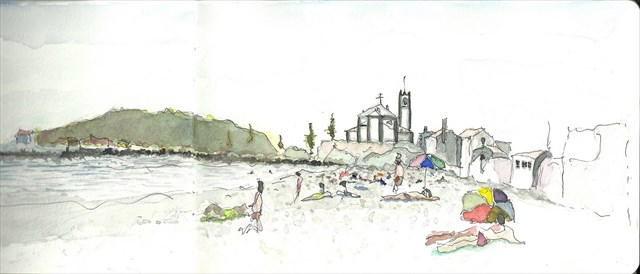
EARTHCACHE
PORTUGUÊS

A PRAIA DAS MILÍCIAS


Conhecida por Praia das Milícias ou Praia Grande, esta é uma das mais afamadas Praias da fantástica Ilha de São Miguel, no Arquipélago dos Açores, sendo também uma das mais frequentadas.
Com uma dimensão considerável, está situada na costa sul da Ilha, bem próxima da bonita cidade de Ponta Delgada.
Denotando a sua feição vulcânica, o seu areal é escuro, típico da Ilha, toda a envolvente cuidada, o mar é relativamente calmo e aprazível, contando com bons acessos e condições.
Pelas boas condições da água, a Praia é muito frequentada por surfistas, body boarders e mergulhadores, bem como outros praticantes de desportos náuticos.
A AREIA DA PRAIA DAS MILÍCIAS
(não esquecer que a areia é uma rocha...)

“A maior parte das areias da Praia das Milícias resultou da entrada abrupta das lavas, vindas do interior da ilha, no oceano. Desse choque térmico (lavas a mais de 800ºC e mar a ~18ºC) resultou a fragmentação das lavas basálticas em milhões de pedaços (as futuras areias…), conforme se pode observar, quer ao vivo, quer pelas fotos existentes nesta descrição.
Por sinal as do tipo aa, existentes na Praia das Melícias, resultaram de diversos episódios vulcânicos do tipo Havaiano.
Os Grãos arenosos são constituídos por basalto acinzentado, cristais de olivina esverdeada, cristais de augite anegrada e de cristais alongados, anegrados de um mineral fortemente magnético.
As manchas arenosas rosadas que frequentemente surgem na Praia das Milícias, correspondem a fragmentos de colónias de corais, existentes após a profundidade de cerca de trinta metros. A abundância destes cristais tem sido registada, nos últimos anos, possivelmente relacionada com o incremento geral de temperatura do nosso mar”.

CLASSIFICAÇÃO DAS AREIAS
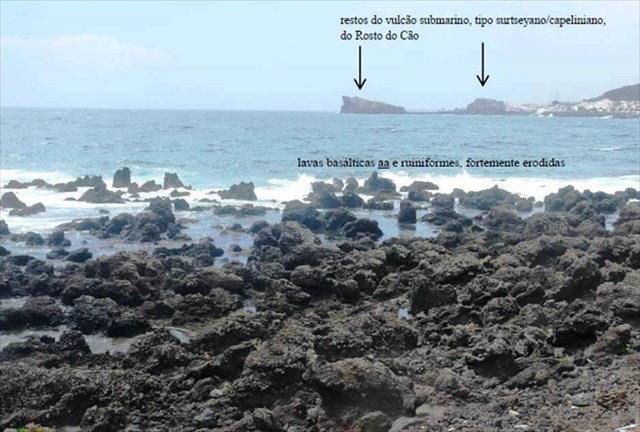
Areias e Ambientes Sedimentares.
As areias são formadas a partir de rochas. São constituídas por detritos desagregados de tamanhos compreendidos entre 0,063 e 2 milímetros.
Escala de Wentworth
A Escala de Wentworth consiste numa escala logarítmica de classificação granulométrica (diâmetro maior) dos fragmentos de sedimentos clásticos (ou detríticos), dos mais finos para os mais grossos, criado em 1922 por C. K. Wentworth. Esta escala é bastante utilizada pelos geólogos e a sua classificação geralmente difere um pouco daquelas feitas pelos engenheiros.
Rochas e areia
Da granulação mais fina, para a de maior tamanho, temos: argila(< 4µm), silte(> 4 µm < 64 µm), areia(>64 µm <2mm), grânulo(>2mm - <4mm), seixo(>4mm - <64mm), blocooucalhau(>64mm - <256mm) e o matacão(>256mm).
Ambiente Marinho Formação de areias
Os grãos de areia são maioritariamente constituídos por quartzo, podendo também, ser constituídos por outros minerais, dependendo da rocha que lhes deu origem e da quantidade de transporte e alteração a que foram submetidos.
A areia é classificada em três categorias de granularidade: areia fina, média e grosseira, com diâmetros a variar, respetivamente, entre 1/16mm e 1/4mm; 1/4mm e 1mm; e 1mm e 2mm. A composição mineralógica das areias pode variar, uma vez que, qualquer tipo de rocha existente na superfície da crusta terrestre as pode originar. As areias mais comuns são as areias quartzíticas, de cor clara, que apresentam o quartzo como componente predominante, o que se explica pela maior resistência deste mineral às ações dos agentes externos. Em algumas podem coexistir outros minerais como os feldspatos mais ou menos alterados, micas e outros minerais. Contudo, existem areias que maioritariamente são constituídas por minerais ferromagnesianos (olivinas, piroxenas, anfíbolas), ou por componentes líticos (fragmentos de calcário, basalto, etc.).
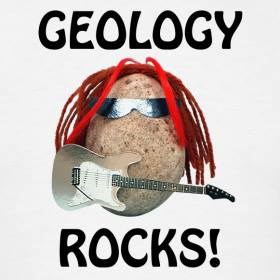
Propriedades das Areias– A cor que as areias apresentam relaciona-se muito com a sua composição mineralógica. Assim, as areias siliciosas são brancas, quando puras, assim como, as areias calcárias. As areias basálticas são negras, bem como as que são ricas em matéria orgânica ou em compostos de magnésio. Os compostos de ferro conferem às areias coloração amarelada ou esverdeada. As areias fundamentalmente constituídas por grãos de quartzo, devido à dureza apresentada por este mineral, riscam o vidro e o aço. São inatacáveis pelos ácidos e são praticamente insolúveis na água. Areias: Ambiente de duna Os grãos que constituem estas areias são leves (são transportados pelo vento), muito bem calibrados (têm todos a mesma dimensão) e muito rolados. Apresentam pontuações e superfície baça devido aos choques com outros grãos. Apresentam grãos de quartzo uma vez que estes são facilmente transportados pelo vento.
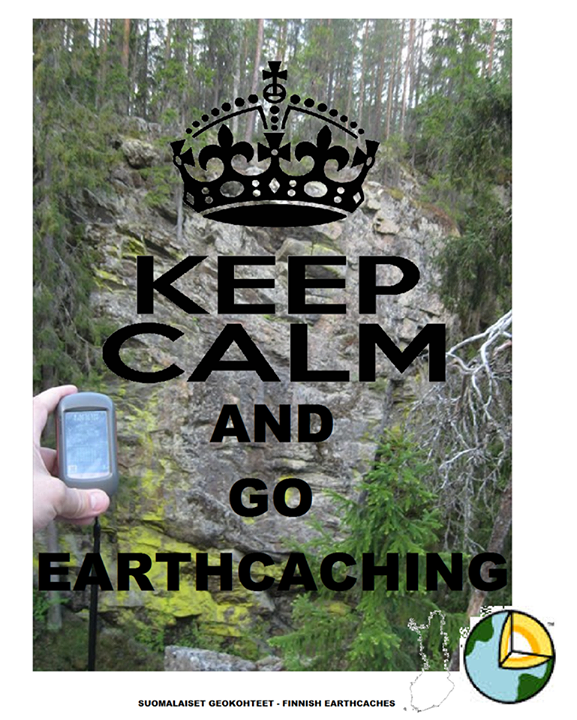
PARA REALIZAR E REGISTAR ESTA EARTHCACHE:
PERGUNTAS:
Para “encontrar/registar” esta cache deverá: provar que esteve no local e responder às seguintes questões, enviando um email/mensagem de Geocaching, com as respostas, em português ou em inglês, para o nosso perfil.
Só depois, de enviar as respostas, e conforme as “guidelines” para as Earthcaches, deverá efetuar o seu registo!
Serão removidos todos os registos que não obedeçam a estes requisitos.
1. Estudando o tema geológico proposto nesta earthcache, responde às seguintes questões:
a) Explica o que é areia.
b) Quais são os tipos de areia existentes?
c) Classifica a areia existente nesta praia, identificando o nome dos cristais alongados e anegrados.
d) Qual a granulometria da areia neste local (GZ)?
e) Qual a cor principal da maioria dos grãos?
f) Os grãos são de tamanho uniforme ou variam?
2. A partir das tuas observações, realizadas no WP1 (extremo oeste-W da Praia das Milícias – Pópulo grande)), responde às seguintes questões:
Identifica o tipo de rocha, que compõe o muro onde está colocada a
placa que diz “Zona Balneária – Não Vigiada”.
3. A partir das tuas observações, realizadas no WP2 (extremo este-E da Praia das Milícias – Pópulo grande), responde às seguintes questões:
Indica, pelo menos três, fenómenos geológicos, observáveis a partir deste WP2, na direção oeste.
4. a) Faz um croqui da praia das Melícias (Praia do Pópulo grande), relativo
ao areal e estima (com o auxílio do GPS) a área deste areal.
NOTA: Deverás utilizar os pontos desta EC: GZ, WP1, WP2 e mais
um que irás definir, consoante te for conveniente.
b) Aproxima um íman da areia.
Os grãos de areia são atraídos, ou não pelo íman?
Se sim, indica a que mineral existente na areia, se deve o eventual magnetismo existente na areia.
5.
TAREFA OBRIGATÓRIA:Deverá tirar uma foto sua, onde você apareça (ou com um papel/placa onde conste o seu nickname e a data da visita) e que comprove a sua presença no GZ desta EC - NÃO META SPOILERS. Esta foto deverá ser colocada no seu registo ou enviada por email ou sistema de mensagens de Geocaching, para o owner!
Não responderemos ao seu contato, a não ser que haja algum “problema” com as suas respostas ou registo.
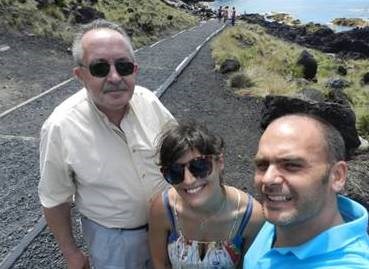
AGRADECIMENTOS:
Agradecemos a especial colaboração do
Professor Doutor Victor-Hugo Forjaz - Vulcanólogo de Engenharia
e do Observatório Vulcanológico e Geotérmico dos Açores (OGVA)


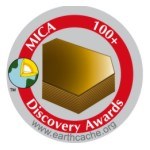


BLACK SAND
Azorean black sand ...
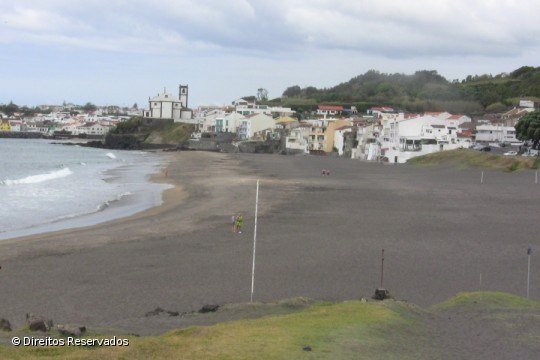
ENGLISH

EARTHCACHE
“MILÍCIAS” BEACH
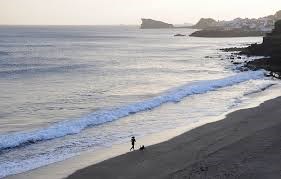
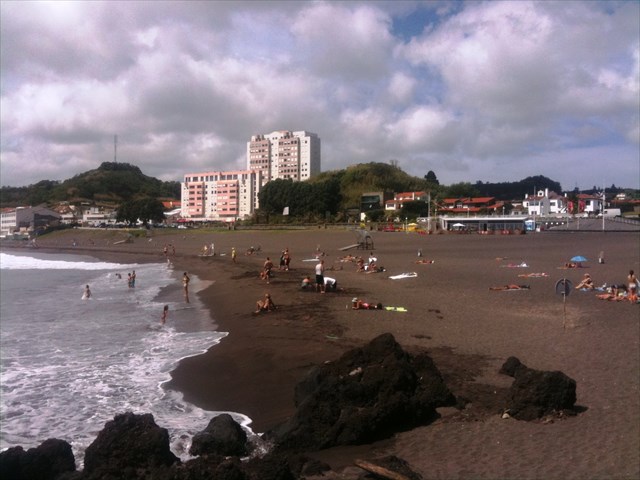
Known for Beach “Milícias” or “Praia do Pópulo Grande”, this is one of the most famous beaches of the fantastic island of São Miguel in the Azores and is also one of the busiest.
With a considerable size, it is located on the south coast of the island, very close to the beautiful city of Ponta Delgada.
Denoting their volcanic feature, its sand is dark, typical of the island, all cared surroundings, the sea is relatively calm and pleasant, with good access and conditions.
The good condition of the water, the beach is very popular with surfers, body boarders and divers and other water sports practitioners.
SAND BEACH OF “MILÍCIAS”

"Most of the “Militias Beach” sands resulted from the abrupt entry of lava, coming from the interior of the island in the ocean. This thermal shock (lavas to more than 800 ° C and sea ~ 18 ° C) resulted in the fragmentation of basaltic lavas into a million pieces (future sands ...), as can be seen either live or by existing photos in this description.
By the way the type aa, existing in Praia das Melícias resulted from various volcanic episodes of Hawaiian type.
The sand grains are made of gray basalt, olivine greenish crystals, augite crystals anegrada and and elongated crystals, aggregates of a strongly magnetic mineral.
The pink sandy spots that often arise in the militia Beach, correspond to coral colonies fragments, after the existing depth of about thirty meters. The abundance of these crystals have been registered in recent years, possibly related to the general increase in temperature of our sea. "
CLASSIFICATION OF SANDS
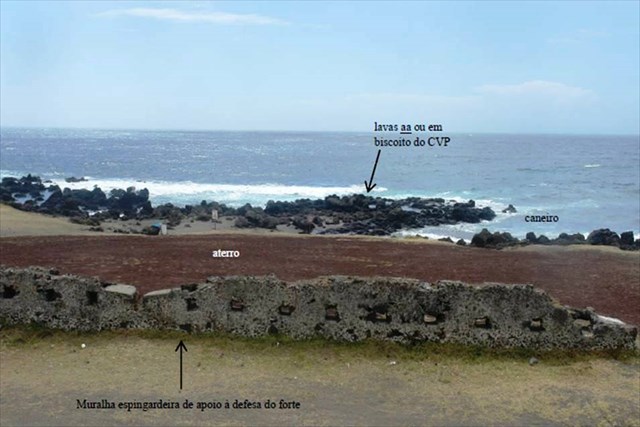
Sands and Sedimentary Environments The sands are formed from rocks. They consist of broken debris sizes of between 0.063 and 2 millimeters.
Wentworth scale
The Wentworth Scale consists of a logarithmic scale of size classification (larger diameter) of clastic sediments fragments (or detrital), the thinnest to the thickest, created in 1922 by CK Wentworth. This scale is often used by geologists and their classification usually differs slightly from those made by the engineers.
Rocks and sand
The finer grain, for the larger size, are: clay (<4 mm), silt (> 4 � <64 mM), sand (> 64 uM <2mm), bead (> 2 mm - <4mm), Pebble (> 4mm - <64mm), block or pebble (> 64mm - <256mm) and the boulder (> 256mm).
Marine Environment Training sands
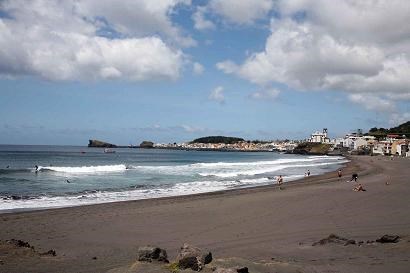
The sand grains are mainly composed of quartz, may also be made of other minerals, depending on the rock that gave rise to them and the amount of transport and changes they have undergone.
The sand is classified into three categories of granularity: fine, medium and coarse sand, with diameters varying respectively from 1/1 and 16 mm / 4 mm; 1/4 mm and 1 mm; and 1mm and 2mm. The mineral composition of the sand may vary since any existing rock on the surface of the earth's crust can lead. The most common sands are the quartzite sands, light-colored, which have quartz as the predominant component, which is explained by the greater resistance of this mineral to the actions of external agents. In some other minerals can exist as more or less altered feldspars, micas and other minerals. However, there are sands mainly composed of iron and magnesium oxides minerals (olivine, pyroxenes, amphiboles) or by lytic components (fragments limestone, basalt, etc.).
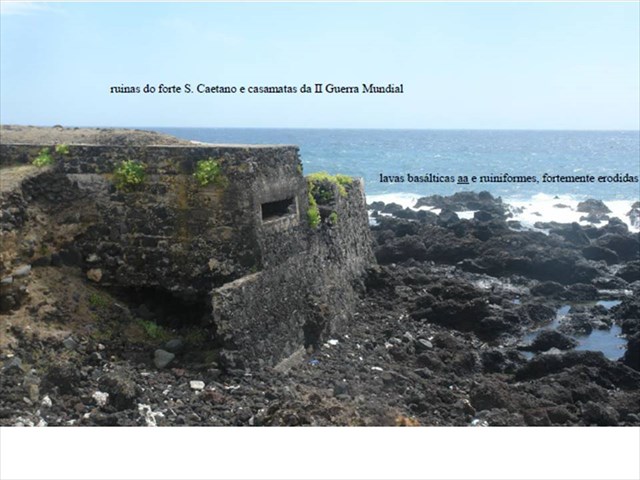
Sands of properties-The color that the sands have relates much with its mineralogical composition. Thus, the silica sands are white when pure, as well as calcareous sands. The basaltic sand are black as well as those that are rich in organic matter or magnesium compounds. Iron compounds give the sands yellowish or greenish. The sand mainly composed of quartz grains, due to the hardness given by this mineral, scratching the glass and steel. They are unassailable by acids and are practically insoluble in water. Sand: Dune Environment The grains making up these sands are lightweight (are transported by wind), well calibrated (all have the same size) and rolled. They have scores and dull surface due to clashes with other grains. Quartz grains present since they are easily transported by wind.

TO PERFORM AND LOG THIS EarthCache:
QUESTIONS:
To "find / register" this cache must: prove that visited the site and answer the following questions by sending an email / message Geocaching, with answers (in Portuguese or in English, only) to our profile.
Only later, sending the answers, and as the "guidelines" for EarthCaches should make your registration! They will be removed from all records that do not meet these requirements.
1. Studying the geological theme proposed this EarthCache, answer the following questions:
a) Explain what is sand.
b) What are the types of sand?
c) Rate the existing sand on this beach, identifying the name of the elongated crystals and anegrados.
d) What is the grain size of the sand at this location (GZ)?
e) What is the main color of most grains?
f) The beans are uniform in size or vary?
2. From your observations, carried out in WP1 (extreme west-W militia
Beach - great Pópulo)), answers the following questions:
Identifies the type of rock that makes up the wall where it is placed
sign that says "Balneária Zone - No Lifeguard."
3. From your observations, carried out in WP2 (this extreme-E Beach
militia - great Pópulo), answers the following questions:
It indicates at least three geological phenomena, observable from this
WP2, in the west.
4. a) Makes a sketch of the beach Melícias (large Pópulo Beach) on the
beach and estimates (with the aid of GPS) area of this beach.
NOTE: You should use the point of this EC: GZ, WP1, WP2 and more
one that you will define, as for you convenient.
b) Approaches a magnet sand.
The sand grains are attracted or not the magnet?
If so, indicating the existing mineral in the sand whether the possible existing in the magnetic sand.
5. TASK (not optional): You must take a picture of yourself, where do you show up, (or with a paper / plaque with your geocaching nickname and the date of the visit) and that proves your presence in the GZ of this EC - no spoilers please. This photo must be placed in your log or sent by email or Geocaching messaging system, to the owner!

We do not respond to your touch, unless there is a "problem" with their answers or register.

THANKS
We appreciate the special collaboration of
Professor Victor-Hugo Forjaz - Volcanologist Engineering, Emeritus,
and Volcanological and Geotermic Observatory of Azores (OGVA)




